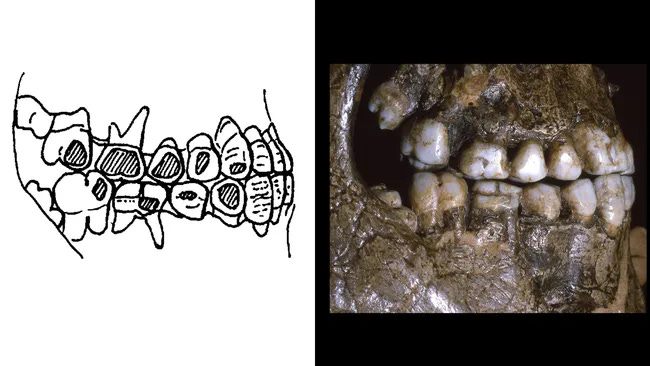Ancient Europeans May Have Worn Cheek Piercings 30,000 Years Ago
Dental wear patterns in Ice Age skeletons hint at early body modification practice
A Mystery Etched in Enamel
For decades, archaeologists studying the remains of Central Europe’s Pavlovian culture—hunter-gatherers who lived between 25,000 and 29,000 years ago—have puzzled over an unusual feature in their teeth. Unlike typical wear patterns that form on the biting surfaces due to chewing, these ancient individuals displayed a distinct type of enamel erosion on the cheek-facing sides of their teeth.
A new study suggests an unexpected explanation: labrets, or cheek piercings.

The research, published in the Journal of Paleolithic Archaeology1, was conducted by John Willman, a biological anthropologist at the University of Coimbra in Portugal. He argues that these dental patterns match those seen in cultures known to wear labrets, a type of piercing that rests against the lower lip or cheeks. The study suggests that children as young as 10 may have worn labrets, and that they may have been tied to group identity, status, or rites of passage.
Keep reading with a 7-day free trial
Subscribe to Anthropology.net to keep reading this post and get 7 days of free access to the full post archives.
